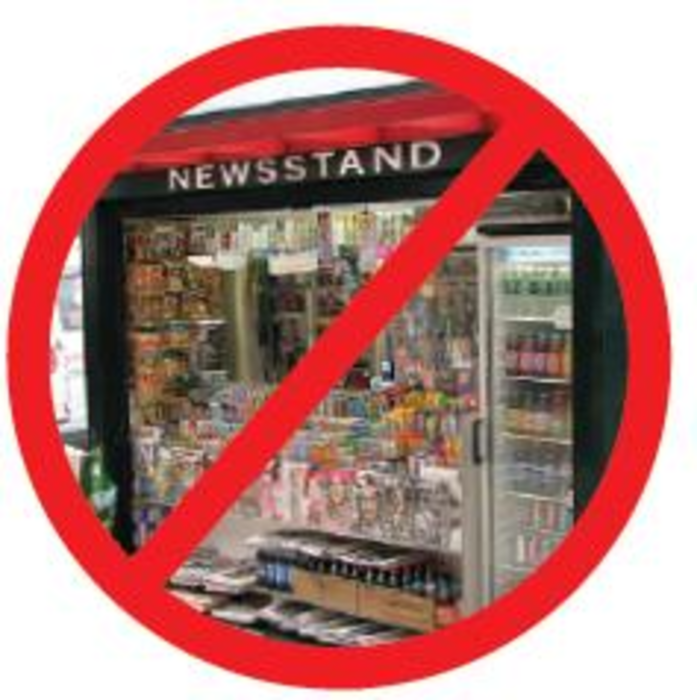The print industry is undergoing a sea change, and companies everywhere are scrambling to get ahead of the curve — or at least stay solvent.
Some industry experts are predicting the “death of print.” Others see opportunity for innovation. One thing is certain: The end result will profoundly affect publishers, advertisers and readers.
“The industry has been evolving for many years, and now it’s just evolving a little bit faster,” says Melony Rios, director of buying and planning services, Novus Print Media Network. “Failure to act will be fatal, so publishers need to figure out a game plan.”
One option, according to Samir Husni, chair of the University of Mississippi’s journalism department, is ditching the widespread ad-supported revenue model as the first step on the road to recovery.
“Advertising is drying out because of the economic collapse,” he notes. “The only way we are going to survive as journalism and media and creators of good content is to charge readers the price of the product.”
A consumer-supported, not ad-supported, model also may improve ad prospects. If someone is paying for the newspaper experience, chances are he or she will take more time and pay more attention to everything on its pages.
“A huge amount of people look to newspapers for the advertisements, so it’s more of an opt-in experience,” Rios explains. “For our clients that use newspapers and newspaper Web sites, they work really well because they have a great connection with a local audience, and they are in a great position for growth if they do it right.”
But with such a large amount of free content available on the Internet, putting a premium on print is likely to be more difficult than it sounds. However, if publishers can provide content that is exclusive, relevant and complementary to the vast amounts of information getting pulled off the Internet for free, Husni says he is confident that consumers will pay.
“Print media need to understand what the needs of their users are and need to adapt to what the readers want, how they want it,” says Reed Phillips, managing partner of New York-based media investment bankers DeSilva and Phillips.
However, Phillips says, charging for content will depend on competition.
“If others are giving it away for free, it would be difficult to charge,” he says. “There has to be some movement towards charging by everyone, and what would cause that is if there’s not enough ad money to pay for everything.”
Doing a better job of catering to consumers is only one of the many steps that newspapers must take to improve flagging circulation numbers.
To combat falling circulation numbers and ad revenue, some news brands have opted to move solely online, which saves on production and distribution costs. While the move does improve efficiency, it doesn’t always appeal to a brand’s traditional readers or advertisers. Print readers tendto be older, well-educated, upper-income and influential. The Internet, on the other hand, reaches a younger, perhaps less-established demographic.
“We will see more newspapers trying to go online, but it will be difficult for them to succeed as the types of advertisers who have supported newspapers have either already migrated to new channels or have found alternative media distribution channels,” says Michael Hayes, COO of Newspaper Services of America Media.
Some experts postulate, then, that an entirely new medium might be coming in the future.
Bob Sacks, president of The Precision Media Group, touts the rise of e-readers and electronic papers.
“We are going from an old analog style to a new, very effective, digital style of reading,” he says. “You have a generation that has grown up in a digital environment, and we’re about to have technology that can maximize the digital distribution of information.
“Our industry has a digital future,” he continues. “I think print will be around for a really long time, but it will not be a dominant information vehicle for too long.”








